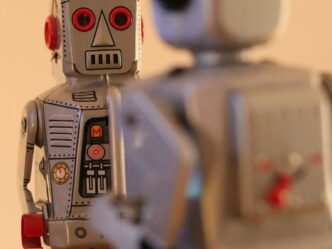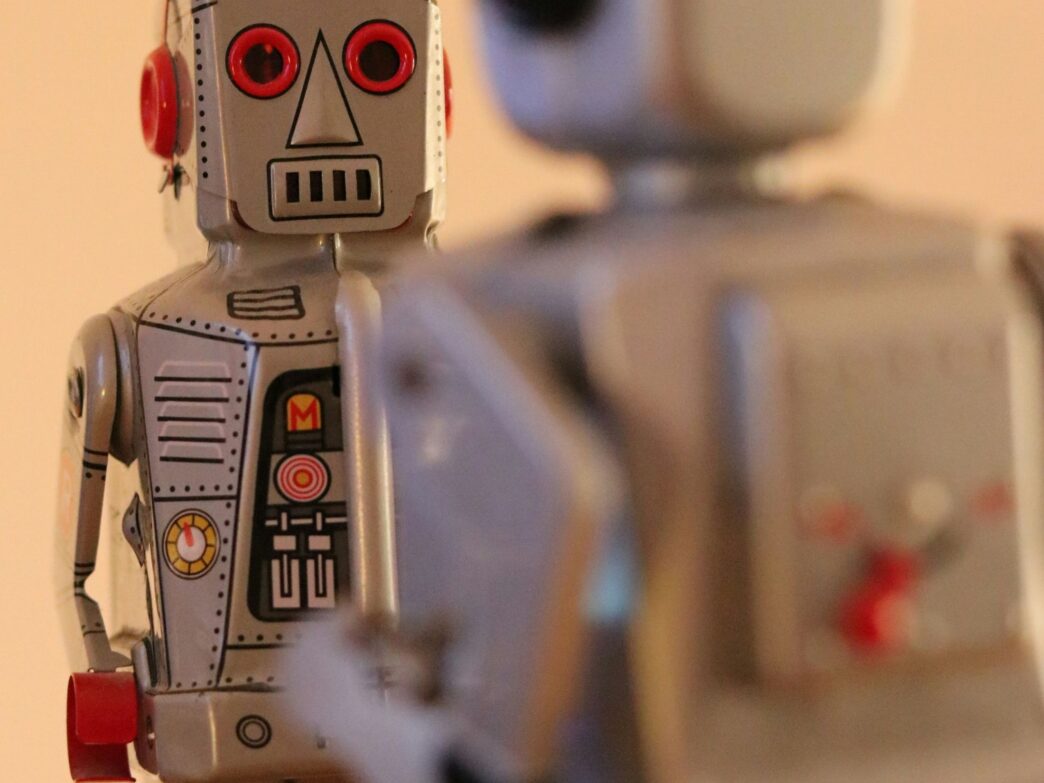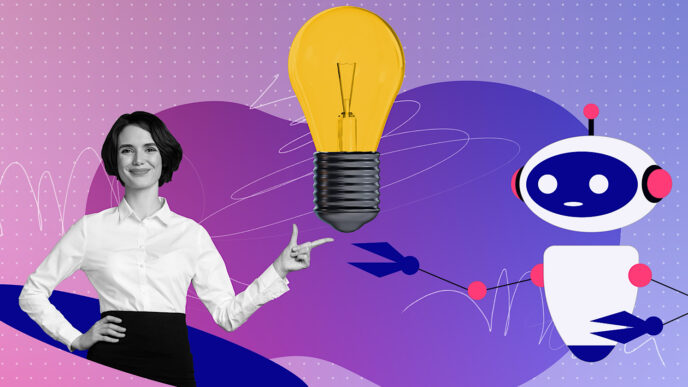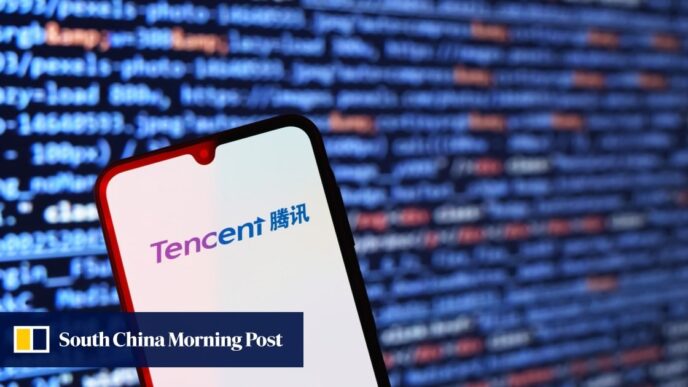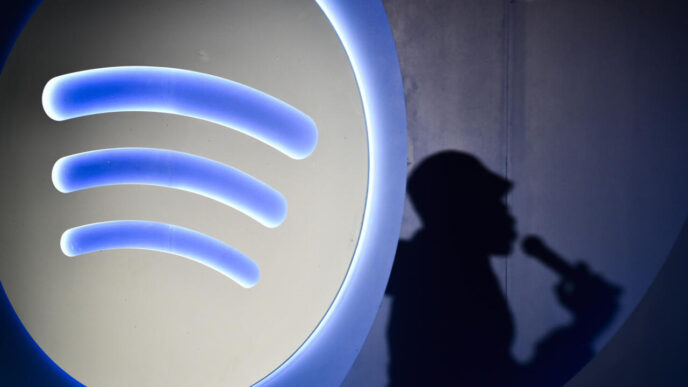AI communication protocols battle it out for dominance
The biggest tech hurdle now isn’t building smarter AI models—it’s getting them to talk to each other. Right now, AI agents speak in different digital languages, creating a Tower of Babel that’s bottled up their true power.
Anthropic’s Model Context Protocol (MCP) is a leading attempt. It offers a secure way for a single AI to use multiple external tools and data sources. MCP’s simple design and backing from a big name has made it popular. But it’s mainly for one AI handling various tools—not multiple AIs teaming up.
Enter two challengers: IBM’s Agent Communication Protocol (ACP) and Google’s Agent-to-Agent Protocol (A2A). Both focus on AI-to-AI collaboration.
ACP, an open-source project, lets AIs chat as equals. It’s built on familiar web tech, so developers can adopt it quickly. ACP aims for decentralization and teamwork.
Google’s A2A doesn’t replace MCP but works alongside it. It lets teams of AIs swap tasks and data using “Agent Cards”—digital business cards letting AIs find and understand each other.
The key divide: MCP favors one super AI using tools. ACP and A2A back distributed intelligence—a team of specialist AIs working in sync.
A universal AI language could change everything. Picture AIs tagging in for market research, design, and manufacturing—or networks of medical AIs crafting personalized treatments.
For now, the “protocol wars” are heating up, risking deeper fragmentation rather than unity.
It’s likely no single system will win out. Expect multiple protocols carving out roles, each solving different communication puzzles.
The future’s clear: cracking AI-to-AI communication is the next big test.
(Photo by Theodore Poncet)
Want to learn more? Check out AI & Big Data Expo across Amsterdam, California, and London, alongside events like Intelligent Automation Conference and Cyber Security & Cloud Expo.
